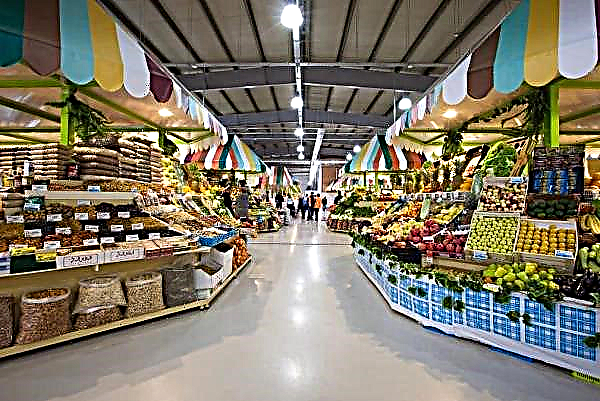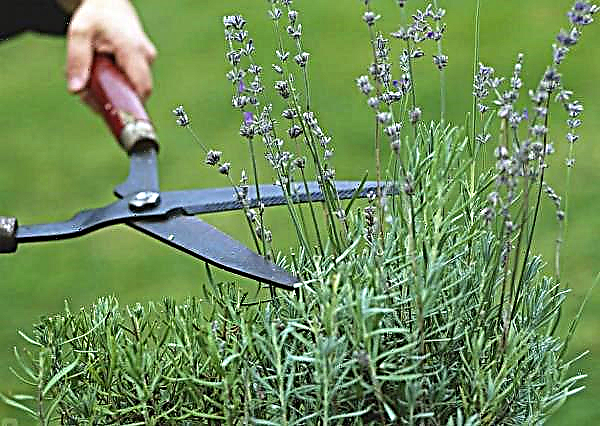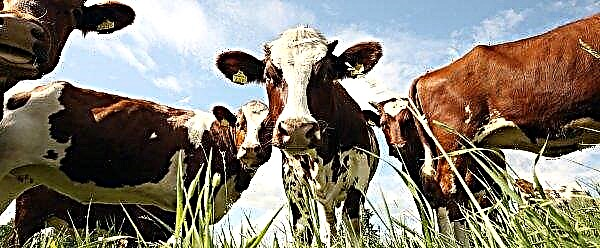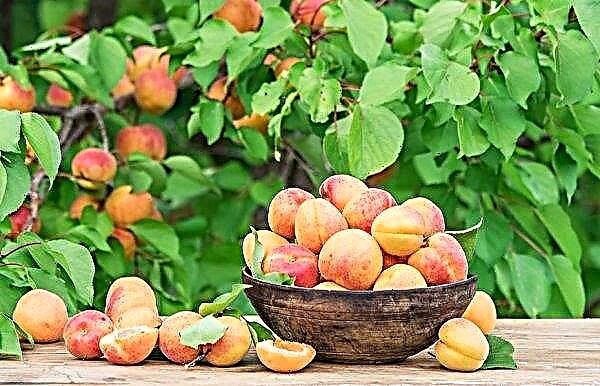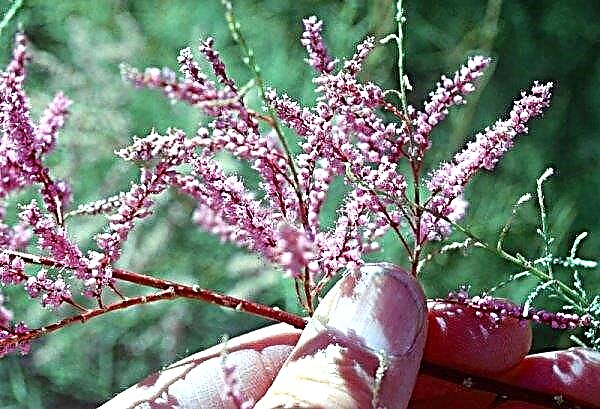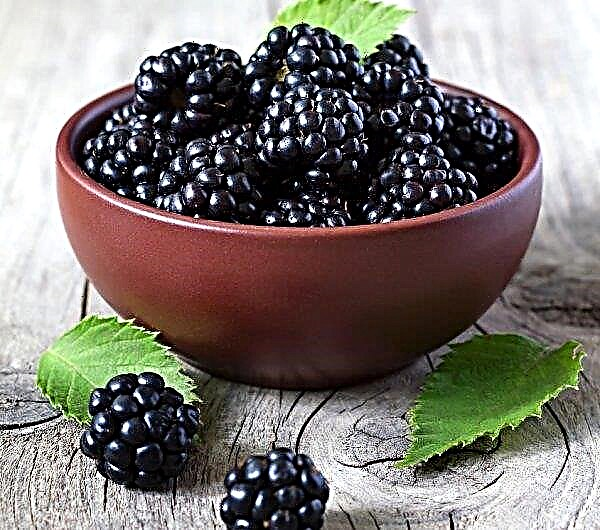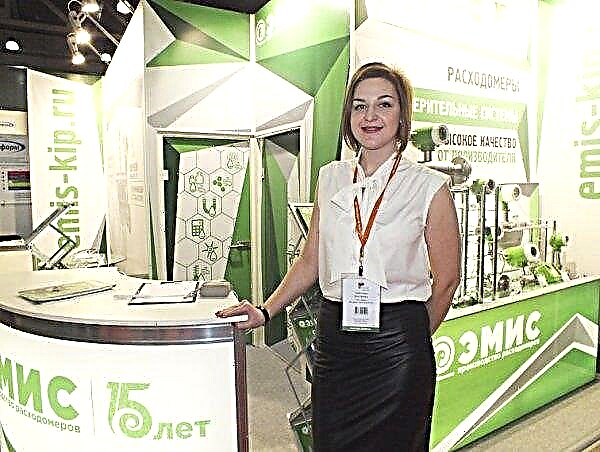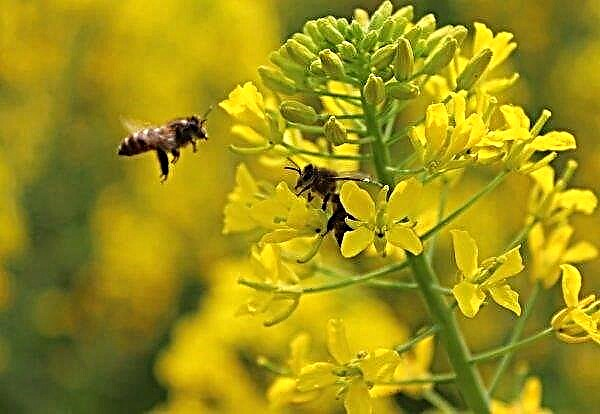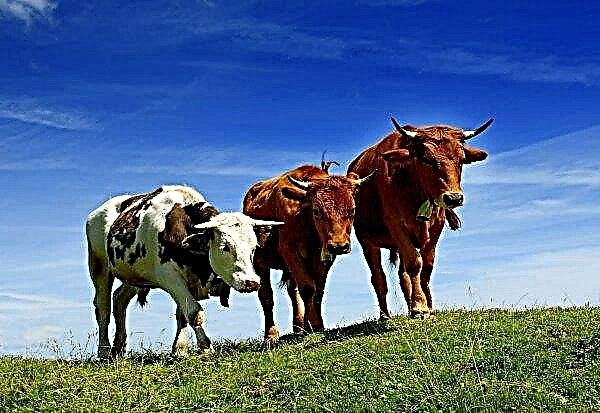A greenhouse on the territory of the infield makes it possible to cultivate greens, in particular dill, even in winter. How to do it and how beneficial is the cultivation of this green plant in the greenhouse, read below.
Is it profitable to grow dill in greenhouses?
Dill is one of the most popular seasonings that are used fresh and in the preparation of various dishes. Growing dill in a greenhouse gives a lot of advantages and can be quite a profitable activity, especially in the winter, when the price rises.
- The main advantages of dill cultivation in a greenhouse in order to use products in commercial activities:
- simple cultivation technology;
- undemanding plants to care;
- high level of demand for the final product;
- the possibility of making quick profits, taking into account how much dill grows, without releasing flowers, and also without large investments at the initial stage;
- minimum expenditure of effort and money on the cultivation of crops;
- the root system of plants goes deep into the soil, but does not grow to the sides, which allows you to sow a large number of seeds in a relatively small area.
Did you know? As a medicine, drugs from dill began to be used in Egypt another 5 thousand years ago.
- As in any other business, there are drawbacks to growing dill as a product for commercial activities:
- short shelf life of cut greens, which forces us to look for reliable distribution channels;
- the need for warming the greenhouse if it is planned to grow greens year-round;
- culture is demanding on the composition of the soil and the quality of lighting.
Varieties of dill for growing in a greenhouse
Grade requirements for greenhouse cultivation:
- cold resistance;
- high productivity;
- unpretentiousness;
- high resistance to diseases and pests.
List of dill varieties suitable for all criteria:
- Frost;
- Carousel;
- Grenadier;
- Kutuzovsky;
- Anchor;
- Aurora.
Optimal conditions
It is important to create optimal conditions for the plant, contributing to the rapid growth of green mass.

Primary requirements:
- loose nutrient soil with a fertile layer of at least 0.5 m;
- lighting for at least 12-14 hours;
- daily average air temperature + 20 ° С, soil temperature from + 16 ° С;
- soil moisture 50%;
- humidity 60–70%.
Seed and soil preparation
To increase soil fertility, 10 kg of peat mixed with sand and 2–3 kg of humus are added for every 1 m².
To the humus per m2, add:
- 30 g of urea;
- 20 g of superphosphate;
- 20 g of potassium salt.
When using such a composition, additional soil treatment from pests is not required. The day before sowing, the soil needs to be watered and loosened to a depth of 20 cm. After loosening, markings are made for the beds. Furrows 1.5 cm deep are made at a distance of 20 cm from each other.

2 days before sowing, the seeds must be soaked in warm (+ 30 ° C) water. A fluid change is carried out every 8 hours. This procedure is necessary to eliminate the essential oils from the seeds and activate growth. For disinfection, a few crystals of potassium permanganate or 20 g of wood ash can be added to the first soak.
Landing technology
Seeds are not sown all at once, but every 10 days. This approach makes it possible to obtain fresh herbs continuously.
Planting is not difficult: the seed is simply laid out in furrows at a distance of 5 cm, 2 pcs. and cover with a layer of soil. Before seedlings appear, the soil must be moistened daily with warm (30 ° C) water using a spray gun so as not to wash the seeds.
Care Features
Caring for dill in a greenhouse is practically no different from that in open ground. The main thing is to provide the plants with high-quality lighting, which can be done using fluorescent or phytolamps.
Watering mode
With the emergence of seedlings, watering begins to be carried out every 5–7 days after partial drying of the soil. For watering it is better to use a spray. On 1 m² of landings, an average of 0.8–1 liters of water is consumed. The water temperature should be similar to the ambient temperature in the greenhouse.

Fertilizer application
The first time fertilizer is applied 1.5 months after planting. To develop a lush green mass, dill needs nitrogen. You can use urea or mullein. To prepare a working solution of urea, 1 tsp is added to 10 l of water. substances. When using mullein, it is bred with water in a proportion of 1:10.
Fertilizing with mullein is applied directly under the root in liquid form. Nitrogen-containing mineral fertilizers can be applied from the sprayer on the sheet and soil.Important! If at the time of planting all the necessary components were added, fertilizer may not be needed. You can determine the need for fertilizing by the appearance of the greenery: if it is lush and develops rapidly, then you do not need to fertilize.
Weeding and cultivation
You need to remove weeds at the initial stage, when dill has not yet reached 5 cm in height. After each moistening of the soil, loosening is carried out.
When part of the seedlings reaches 10 cm, they need to be thinned out. The strongest bushes are harvested with roots and used for sale, drying, for food or transplanted to another place - so less developed bushes will be able to develop faster.
Pest and Disease Control
If the rules of agricultural technology are not followed, dill can be affected by the following fungal infections:
- powdery mildew - to eliminate the infection, the affected plants are removed, and the rest are dusted with wood ash;
- black leg - in the fight against the disease, a mixture of ash and Fundazole is used in equal proportions (to dust the plants and soil), the affected plants are removed from the beds;
- fusarium wilting - there is no effective treatment for the disease.
Dangerous pests for dill are:
- Bears
- May beetle larvae;
- wireworm;
- spider mite;
- thrips.
The treatment of dill is almost impossible, since its surface part accumulates toxins. Chemical treatment is permissible only when the plants will be used for propagation. The main protection against pests is to follow the rules of agricultural technology, involving loosening and weeding the soil, as well as maintaining optimal microclimate conditions.Important! In order to prevent the spread of pests, once a year it is necessary to replace the upper 20 cm of soil in the greenhouse with a new nutrient substrate treated with wood ash.
Harvest Dates
On average, it takes 2 months to develop a full-fledged green mass, which will be suitable for consumption and for trade. For example, if the seeds were sown in early January, then the collection will be carried out in March.

Dill is cut at the root and abundantly watered the remaining sprout. From it in a week there will be new shoots. The main thing is to trim the dill before the onset of the arrow, since the arrow plants throw all their forces into the formation of seeds, and the growth of green mass is stopped.
Did you know? Dill seed is able to maintain its viability for up to 10 years.
Growing dill in greenhouse conditions is a pretty lucrative activity. The main thing is to properly prepare the room and organize optimal conditions for the plants.

